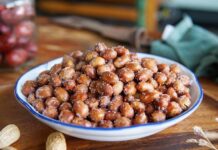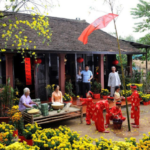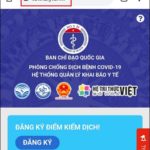The lychee season is currently in full swing in Vietnam. However, due to the complex COVID-19 situation, consumption may decrease compared to previous years. As a result, there have been calls on social media to support lychee farmers in Bac Giang by purchasing their produce.
Be wary of unscrupulous traders who may sell Chinese lychees while claiming they are from Vietnam. This article will guide you on how to distinguish between Vietnamese and Chinese lychees.
1 Shape
Vietnamese Lychees
There are two famous lychee-growing regions in Vietnam: Thanh Ha and Bac Giang. The lychees from these regions differ in appearance:
– Thanh Ha Lychees: These lychees are quite small, about the size of a thumb, with taut and smooth skin. When ripe, they have a light pink hue, a thick layer of flesh, and extremely small seeds (some even seedless).
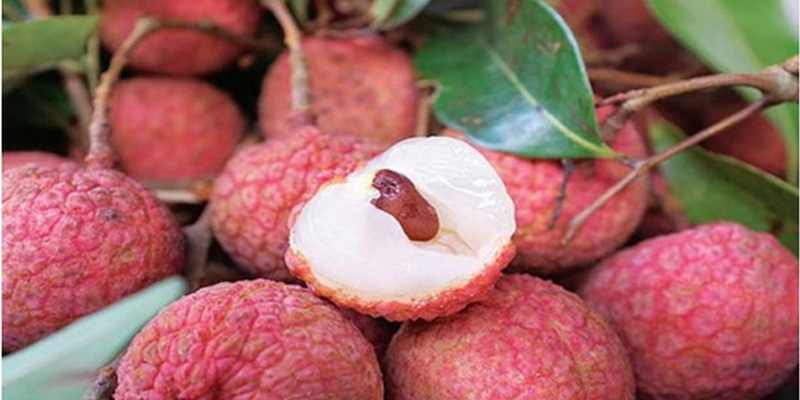 Thanh Ha lychees are small with tiny or no seeds
Thanh Ha lychees are small with tiny or no seeds
– Bac Giang Lychees: Originating from Thanh Ha, these lychees share similar characteristics but are larger in size and have a deeper red color when ripe, unlike the pale pink of Thanh Ha lychees.
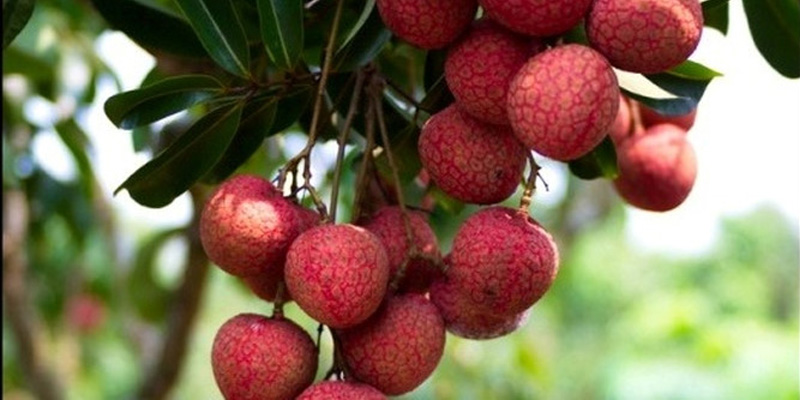 Bac Giang lychees are larger and have a deeper red color
Bac Giang lychees are larger and have a deeper red color
The most renowned lychees from Bac Giang are those from Luc Ngan, a mountainous district. These lychees are exported worldwide and are distinguished by a thin brown membrane between the flesh and the seed.
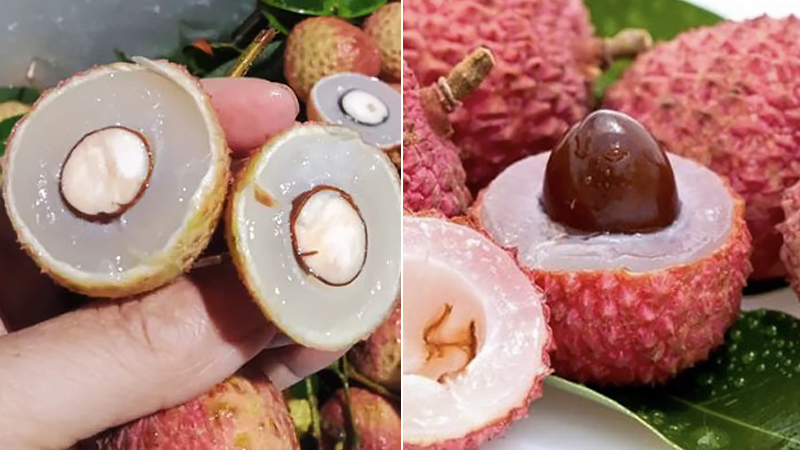 Luc Ngan lychees have a thin brown membrane between the flesh and seed
Luc Ngan lychees have a thin brown membrane between the flesh and seed
Chinese Lychees
In terms of appearance, Chinese lychees are more visually appealing than their Vietnamese counterparts. They are larger, uniformly sized, and have attractive packaging, making them very enticing to consumers.

2 Flavor
Although Chinese lychees are making inroads into the Vietnamese market, China remains the largest importer of Vietnamese lychees, accounting for 70% of total exports. This is due to the superior quality of Vietnamese lychees, especially those from Bac Giang, which are renowned for their delightful sweetness, refreshing taste, and distinctive aroma.

In contrast, Chinese lychees have an overpowering sweetness that is often likened to artificial sweeteners. They lack the refreshing quality of Vietnamese lychees and may leave consumers feeling wary, as if the fruit has been treated with chemicals.
3 Harvest Season
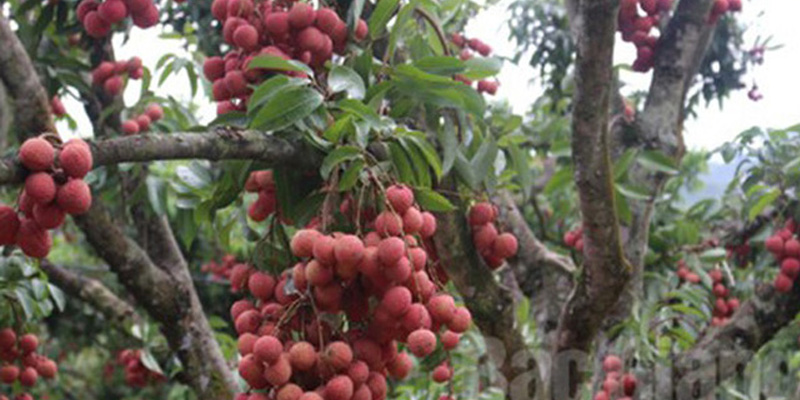
Vietnamese lychees are typically harvested from May to June, with the peak season falling in June. During this time, lychees are readily available everywhere.
Chinese lychees, on the other hand, usually hit the market about a month earlier than their Vietnamese counterparts. Consumers can use this timing as a guideline to avoid accidentally purchasing Chinese lychees.
For further reference:
The Origin and Meaning of Lunar New Year: Exploring the Celebration
The vibrant and joyous celebration of Lunar New Year is a festival steeped in tradition and held dearly by the Vietnamese people. This article will explain to you the rich history and symbolism behind this important event – Tet!
Explore 12 Amazing Destinations for Biking Trips
Unlock Vietnam in a brand new way with an exciting biking tour! Discover the stunning beauty of the country with Dien May XANH’s top 12 must-see destinations. From sweeping plains to clear blue beaches and mountainous vistas – experience all the sights with your own personal cycling tour. Find your ideal route and set out for an adventure today!















